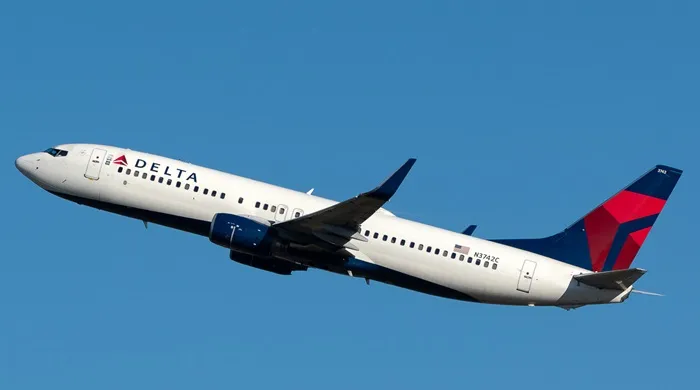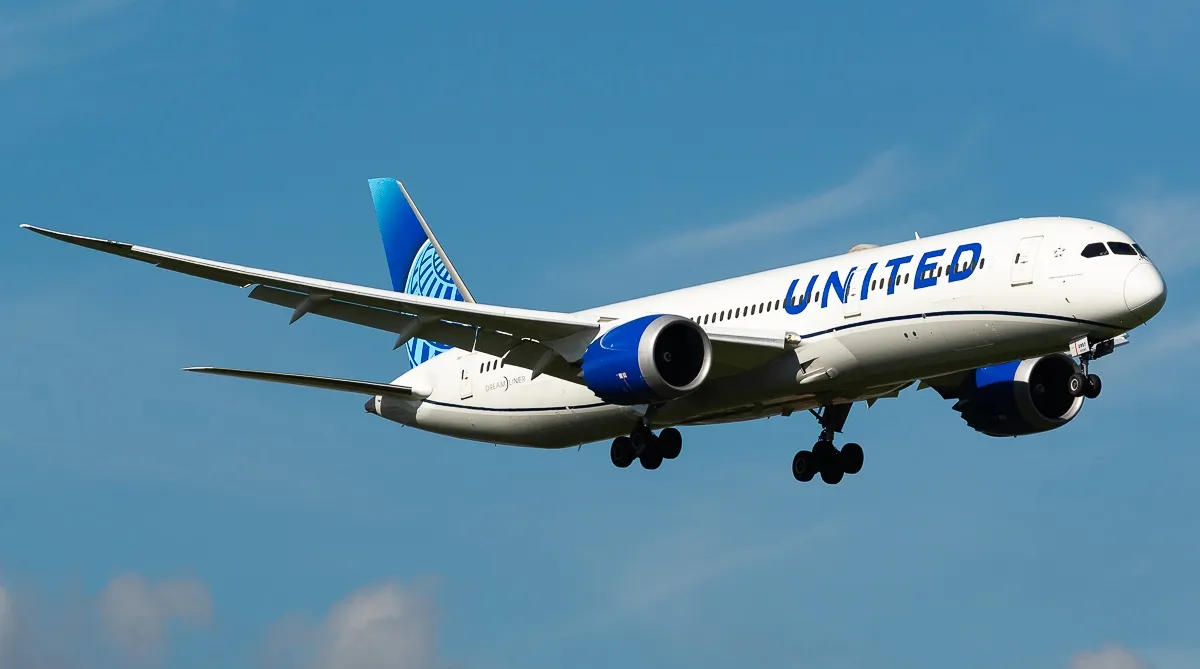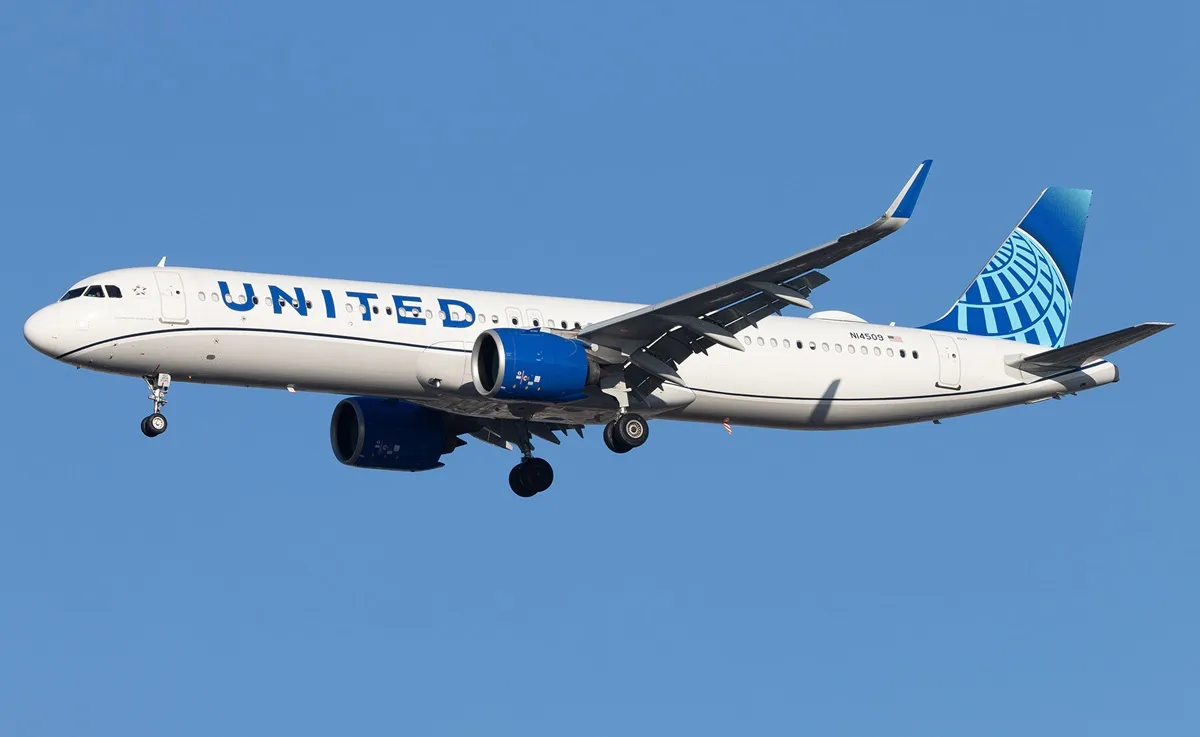
Boeing has laid off at least 2,199 employees in Washington, which included over 400 engineers represented by the Society of Professional Engineering Employees in Aerospace (SPEEA).
According to a worker adjustment and retraining notification (WARN) Boeing provided to the Washington State Employment Security Department on November 15, the aircraft manufacturer will lay off 2,199 employees starting December 20.
In a previous statement to Simple Flying, a Boeing representative confirmed that layoffs were part of the company’s adjustments to its current financial reality and a more focused set of priorities.
The spokesperson, who noted that it has been committed to supporting its employees during this challenging time, said that most affected employees will leave the company in January 2025.
Furthermore, eligible workers will receive severance pay, career transition services, and subsidized health care benefits up to 3 months after leaving Boeing.
The workforce reductions include attrition and a concentration of backfills for open positions on business-critical priorities.
Kelly Ortberg, the president and chief executive officer (CEO) of Boeing, first mentioned upcoming layoffs in October, with the manufacturer planning to cut around 10%, or 17,000, of its workforce during the coming months.
In prepared remarks that Boeing published before the company’s Q3 earnings call, Ortberg outlined the plans for the short and long-term future of the plane maker.
The latter, described as “building a new future for Boeing,” included a promise that the manufacturer would develop a new aircraft at the right time.
However, Ortberg warned that there was a lot of work to do before it invested billions of dollars into researching and coming up with a new aircraft, possibly named the 797.
“This includes stabilizing our business, improving execution on the development programs, streamlining the portfolio to do what we do well and restoring the balance sheet so that we do have a path to the next commercial aircraft.”
The workforce reduction will focus on the consolidation of areas where Boeing was not efficient, with the company having to continue reducing non-essential activities.
Furthermore, the layoffs had nothing to do with the strike by its machinists, who walked off the job and returned to its factories starting November 6. 33,000 members of the International Association of Machinists and Aerospace Workers (IAM) District Lodge 751 and District W24 voted to approve the contract on November 4.
The last layoffs at Boeing were during the pandemic, with the plane maker’s 2020 annual report detailing that as a result of COVID-19, it planned to continue reducing its workforce in 2021.
The annual report used a similar argument: “[Boeing is] adapting to the market impacts of COVID-19 and positioning the company for the future.”
However, in addition to the pandemic, Boeing had to deal with the 737 MAX groundings, which lasted between March 2019 and November 2020 when the Federal Aviation Administration ( FAA) finally ungrounded the type, followed by other aviation regulators around the world.
American Airlines resumed flights with its 737 MAX aircraft in December 2020, becoming the first US-based airline to do so. Earlier in the month, Brazil-based GOL was the first airline to resume flights with the type globally.
At the end of 2020, Boeing had 141,000 employees. In 2021 and 2022, the company ended the year with 142,000 and 156,000, while at the end of 2023, the plane maker reported having 171,000 people on its payroll.



